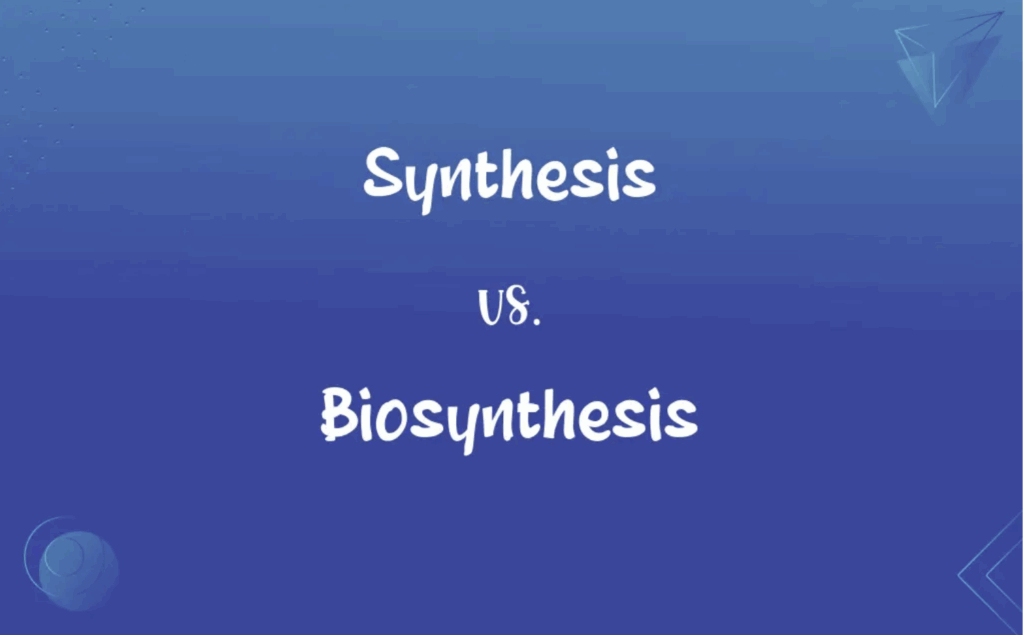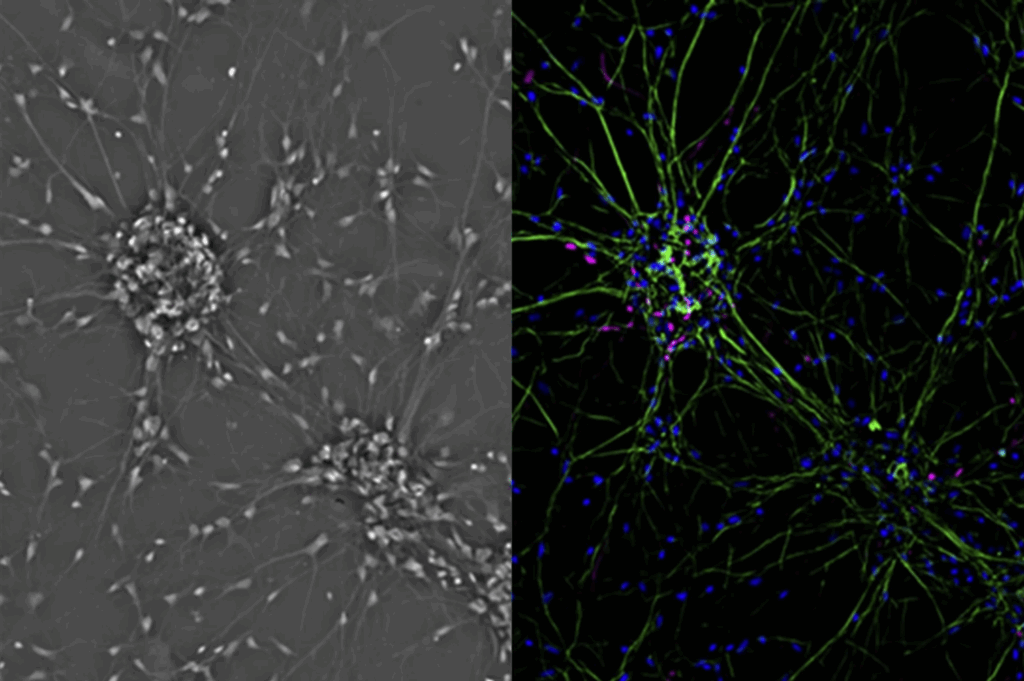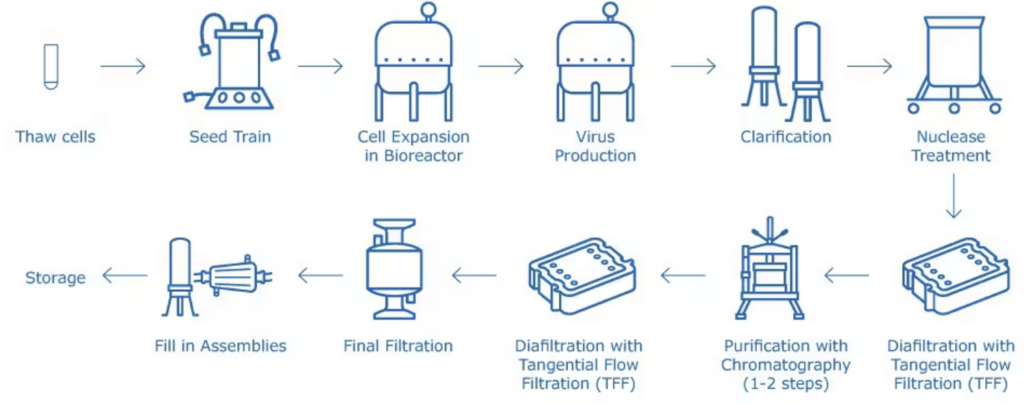Viral Inactivation: Ensuring Safety in Biopharmaceuticals
Introduction: Why Viral Inactivation is So Important? Do you ever wish to know the processes that are taken by vaccines, life saving therapeutics to become safe enough to inject into our bodies? One of them is viral inactivation, through which one makes certain that no viruses are present in the biopharmaceutical products. Despite the fact […]
Viral Inactivation: Ensuring Safety in Biopharmaceuticals Read More »





